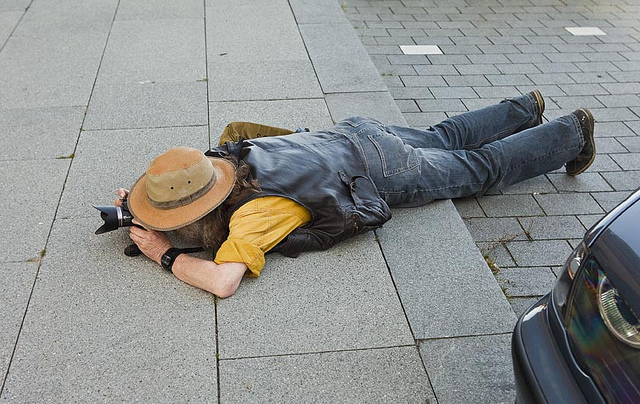Inner City
1. Architecture
The architecture of a city or suburb can really define the location. Capture not just the exteriors of buildings, but also the interiors. Look for unique points like colors, lighting, shape, symmetry, angles, lines and curves. There’s no right or wrong and you will soon discover your own creative flare of photographing architectural structures.
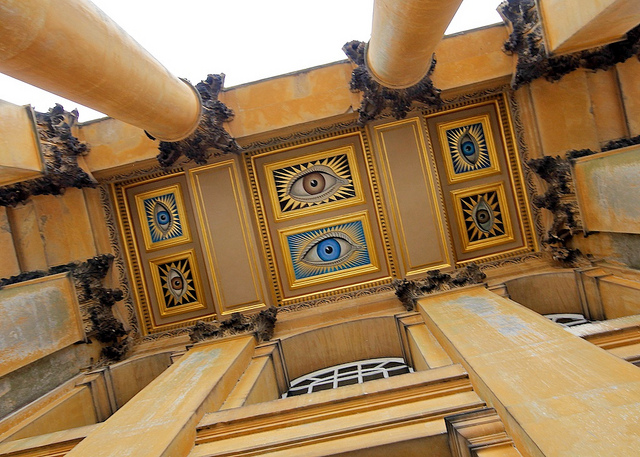
2. People
If buildings are the bones and body of a city, then the people are its soul. The essence of a city or suburb can be found in the locals. Here’s where the shoot from the hip tip really comes in handy. Including both buildings and people in a single shot can make a powerful and dynamic photograph.
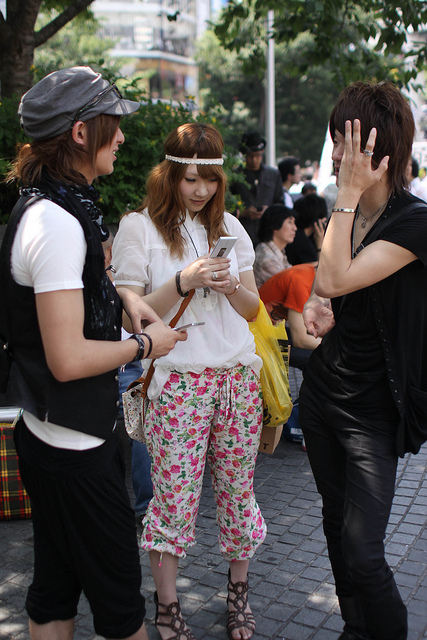
3. Macro
Panoramic scenes can be breath taking. But see things from another angle and view by getting up close – super close. Photograph the finer details to really capture the texture and patterns of objects. Going macro is an easy way to photograph a familiar subject differently.
Photo by by Dialed-in!
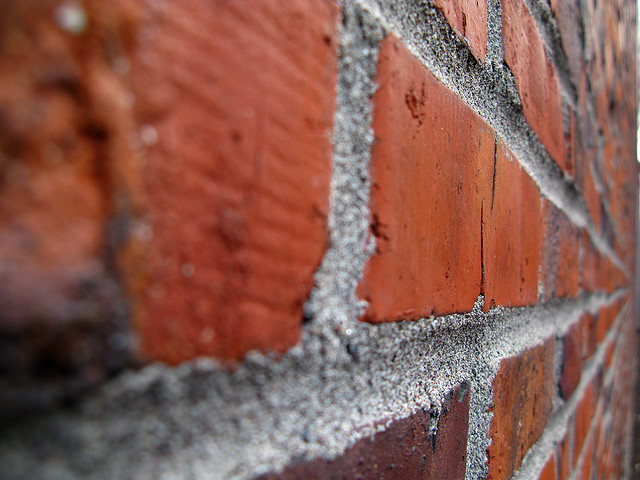
4. Grime and Decay
A great photograph doesn’t necessary have to involve beautiful subjects. Urban decay can make a great theme and really convey another side of the city. Also look out for graffitis and street art.
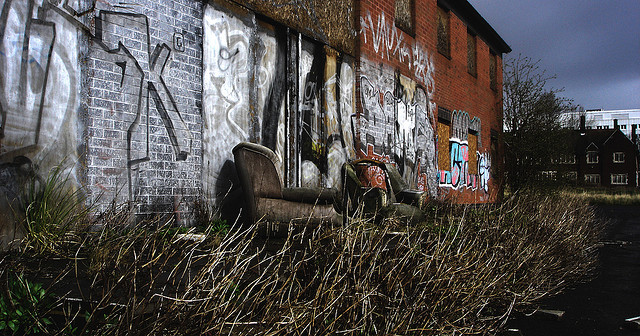
5. Night Life
A city literally lights up at night and photographing during the evening can bring another contrast to the place. Some streets might liven up at night, while busy pavements during the day might become more deserted. Take advantage of the golden hour to bring a bit color and contrast into buildings and people. With night photography, remember to use a fast lens and bring along a tripod.
Photo by CARLOSWEICK
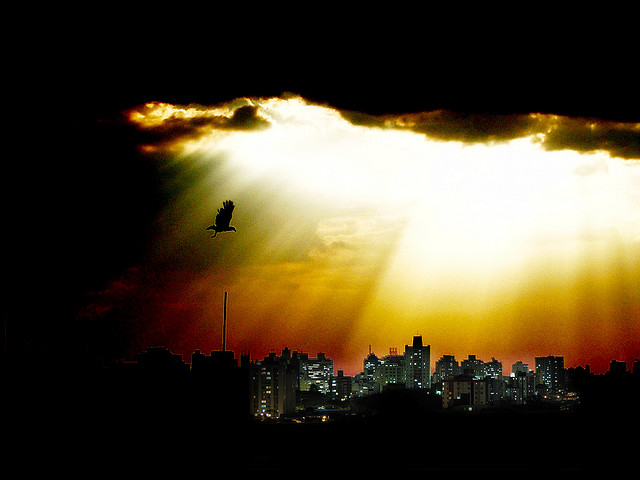
6. Variety of Lenses
With urban photography, you will come across a variety of subject, and thus, a zoom lens is useful. I tend find a 24-70mm lens able to cover an array of subjects. Personally, I actually like to shoot with prime lenses as they’re faster and better to shoot candid people with. Depending on what you want to shoot, I would recommend taking at least two primes. One wide angle like a 18mm to 28mm for tall buildings and scenery, and another between 50mm and 100mm to shoot people and objects.
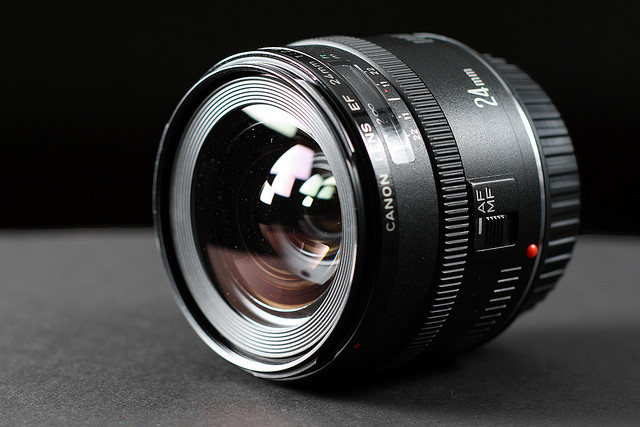
7. Comfortable Attire
It goes without saying that you should wear something that suits the weather conditions. Nevertheless, I still see the odd photographer wandering around the streets in clothing that fits in all the wrong places. Whatever you’re wearing, make sure you can kneel, squat, jump and walk comfortably.
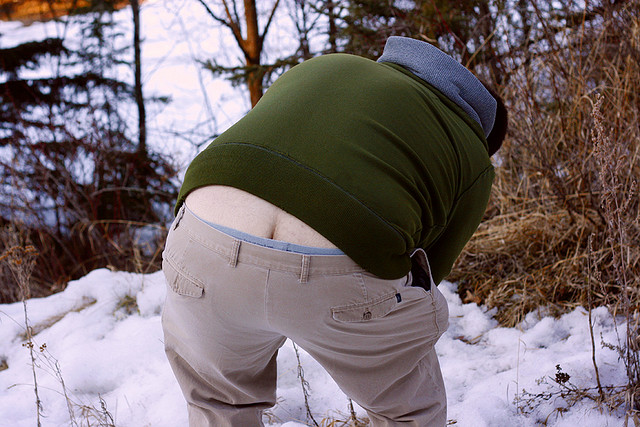
8. Get Your Gear On
Just like wearing comfortable attire, make sure you’re carrying the right camera equipment and gear. Extra batteries, lens hood and lens filter are essentials. But you might also like to consider things like city maps if you’re unfamiliar with the location and maybe even pen and notepad to jot down place and people’s names.
9. Research
Even if you know the place pretty well, a bit of research can go a long way. Find out about events, exhibits, the weather and map out spots you want to check out.
Photo by klancashire
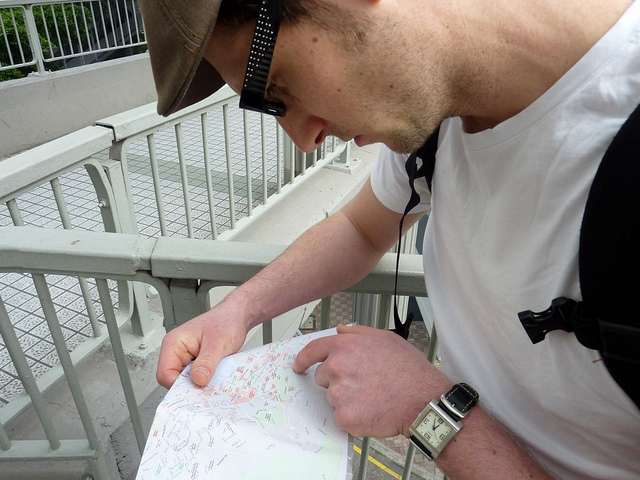
10. Explore
To contradict my tip above about researching, mix it up sometimes and do the opposite. Explore alleyways, small streets, hidden lanes and unfamiliar suburbs. Seeing the same thing over and over again can dull your senses and be uninspiring. Spice things up by getting lost.
